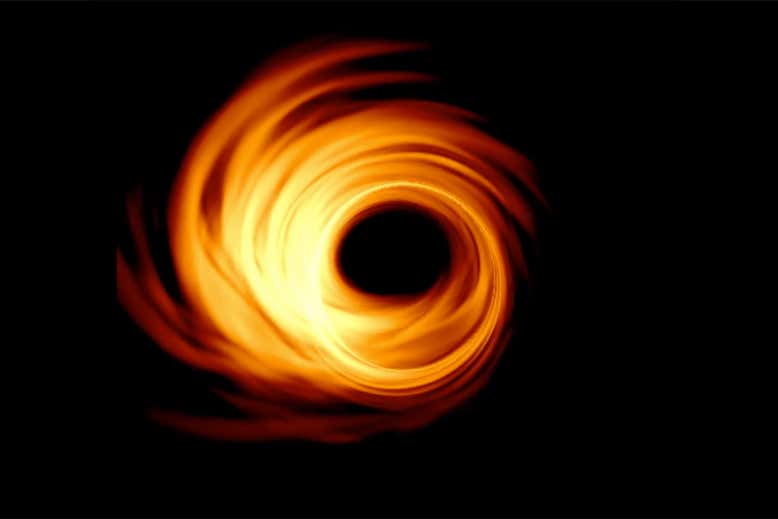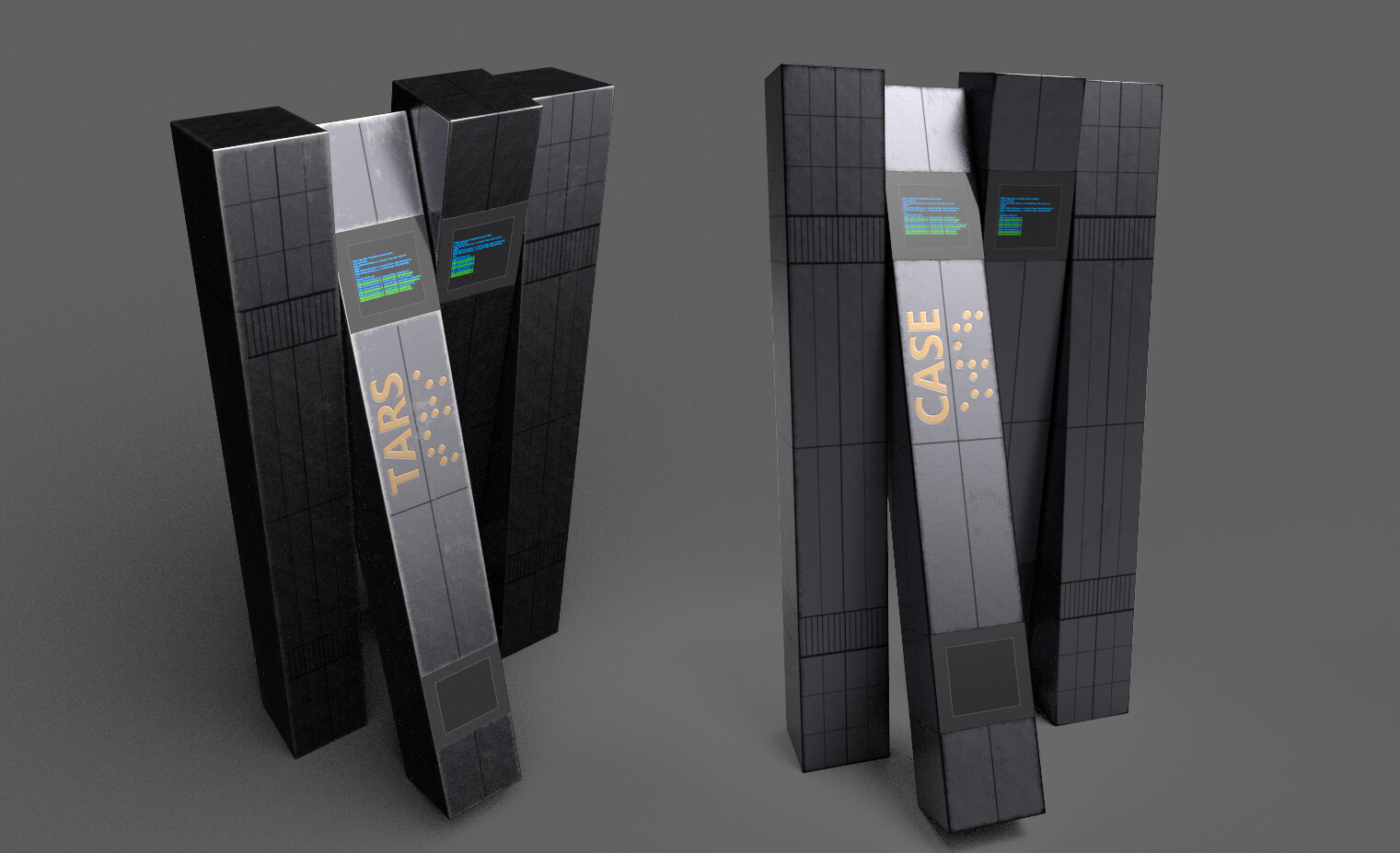Space Exploration has been of interest to governments and scientists across the globe as it holds the pointer to the origin of mankind and the possibility of alien lives in the universe.
Up-to-date, scientists have explored about only 4% of the eye-catching universe with planets, stars, galaxies, and other astronomical objects that scientists are aware of. Rest 96% is still to be explored.
Now, let’s take a quick look at how NASA uses the massive terms AI and ML for various space exploration projects and earth data.
1. First image of black hole

The first black-hole image was captured using, Continous High-Resolution Image Reconstruction using Patch Priors – CHIRP Algorithm. The advancement of CHIRP involved a sizeable team of researchers from Computer applications and Artificial Intelligence-based from MIT. The CHIRP used the image data from the Event Horizon Telescopes which was too large and this is where image processing had been done. Scientists used pandas, Numpy, and few Python libraries to downsize the data correlations. ML was also used for image analysis.
2. AI-Based Assistants and Robot

TARS and CASE, scientists are developing AI-based assistants to aid astronauts in their travel to Moon, and beyond. These assistants are certainly designed to predict the requirements of the comprehend astronauts’ emotions and mental health to take necessary actions in the case of an emergency. How could this be done? The way out to this is sentiment analysis. Sentiment Analysis refers to a sub-field of NLP (Natural Language Processing) that tries to identify and extract opinions within a given text across reviews, blogs, forums, social media, news, etc
3. Autonomous Navigation & Maneuvering

NASA with aid of Intel developed an AI system that helped Astronauts find their route on the planets. This latest navigation system will help to easily navigate the surface of planets through the teeny – weeny possible routes. Scientists applied this program to our moon and the way this system worked was that it simulated the moon’s surface and then compared the same with the limited environment. The AI would be trained with the millions of the moon’s images and then use a neural network to generate a virtual moon’s map.
4. Discovery of Kepler Exoplanets

NASA’s Kepler Telescope was designed to determine the frequency of Earth-sized planets orbiting the Sun, A Convolutional Neural Network – AstroNet K2 was used to predict whether a given signal from Kepler’s space telescope is a transiting exoplanet or a false positive caused by the astrophysical or instrumental phenomenon. By training this neural network model up to 98% (approx), they successfully linked two new exoplanets namely Kepler 90i Kepler 80g orbiting Kepler 90 star system and Kepler 80 star system respectively.
Conclusion
There is so much other research going on implementing Artificial Intelligence in space exploration. At the end of it, all we need human interventions in everything AI is competent of. With these innovations, AI is stepping up closer to providing fresh insights and proving to be supremacy for humans in exploring the interstellar space with the innovative machine and researches and projects.
Follow and connect with us on Facebook, LinkedIn & Twitter


